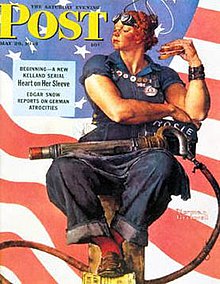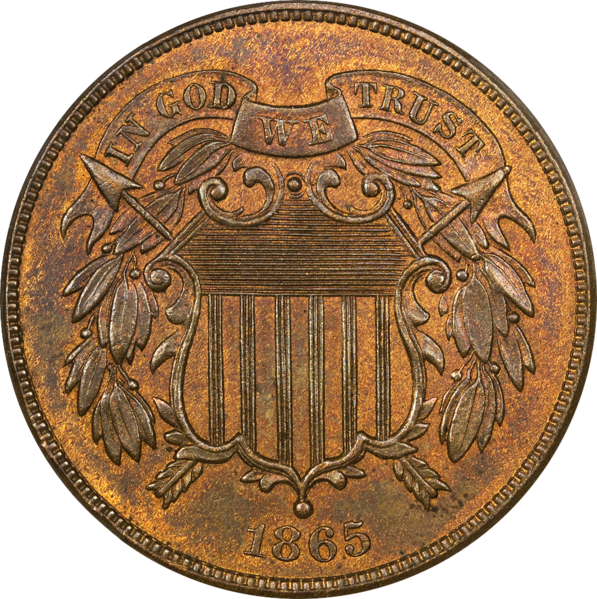Hello again from Jake, John's traveling buddy!
Today I took over blogging for John so that he can go have some turkey and watch some football.
I saw that John was poking around and I heard him say that Thanksgiving was officially made a holiday in 1863 by Abraham Lincoln. Man, that must be thousands of dog years ago!
I wish that everyone has very happy Thanksgiving, and I hope that you have a wonderful time with the family!
Thursday, November 27, 2014
Wednesday, November 26, 2014
The Little Half-Sister for United States coins
The nickname “Little Half-Sister” in the world of coin collecting is directly tied to the half cent coin produced by the United States mint.
This coin first came about with the Coinage Act Of 1792
(this law established the United States mint and regulated the coinage of the
United States). The coin was produced
from 1793 to 1857, and was made of 100 % copper (there were a few years along
the way that a half cent was not produced).
There are no mint marks on any of the half cents that
were ever produced, this is because that they were made at the Philadelphia
mint.
Although half cents were issued for more than 60 years,
they remained one America's unwanted coins. They proved to be of little use, they
were often kept in storage at the Mint.
Production of this coin (often stopped for a couple of years) was often
interrupted by shortages of copper and lack of demand. After a few years, the mint turned to English
based companies to produce the planchet for the coin (the war of 1812 stopped
this, and the US went back to producing the planchets for the coins).
This denomination would make a great conversation piece,
and would be a great way to help introduce people to coin collecting.
 |
| *photo courtesy of Wikipedia.com |
Wednesday, November 19, 2014
Superman—where did he get his start?
Superman is one of the recognizable comic book characters
in the world. But there is one rather
large question—where did Superman get his start?
Sure, you might say that Superman can trace his roots all
the way back to Krypton, but the character was created in 1933. Superman was created that year by writer
Jerry Siegel and artist Joe Shuster. The
character was then sold off to Detective Comics, Inc. If that publishers name fools you, they
eventually became DC Comics (they still produce the Superman comics today).
Today’s Superman—also known as the “Man Of Steel”—made
his debut in a short story that was titled The
Reign Of the Superman. This short
story appeared in the magazine “Science Fiction: The Advance Guard of Future
Civilization #3.”
The funny thing about this is that Superman didn’t appear
in that story the same way that you think of him today. When he made his debut, he was a bald
telepathic villain bent on world domination.
If you ask me, it’s quite a bit different from the Superman of today
that can stop a bullet or being able to jump over a tall building in a single
leap.
The Superman that we know today made his debut in Action
Comics #1, which was released in June of 1938 (Superman can still be found
today in comic books today). He also was
in comic strips, which ran from January 1939 until May of 1966.
Wednesday, November 12, 2014
Norman Rockwell
Norman Rockwell was a 20th-century American painter and
illustrator. He’s most famous for the
cover illustrations that he created for The Saturday Evening Post magazine for
more than four decades.
 |
| *picture courtesy of Wikipedia.com |
Rosie the Riveter,
the Four Freedoms series, and covers
for some of the Boys Life magazine
(which is a magazine that’s published by the Boy Scouts Of America), are just a
small amount of the artwork that he’s famous for.
 |
| *picture courtesy of Wikipedia.com |
The great thing for anyone who wants to collect things by
Norman Rockwell is the fact that there are literally a ton of items on the
market for you to purchase.
You can collect original artwork of course—but there’s
also posters, mugs, prints, ads, magazines, covers, planters with a Norman
Rockwell image, dinnerware (like plates and saucers), the list of items can go
on and on. You could even have a collection
that revolves around a certain print.
Wednesday, November 5, 2014
Two Cents worth? Yep
Did you know that there was actually a 2 cent coin that
was produced by the United States mint?
 |
| *picture courtesy of Wikipedia.com |
The Two Cent piece officially ran from 1864 to 1872, but
there was a copy made for collectors in 1873.
The economic turmoil of the American Civil War caused any
and all government-issued coins to vanish from circulation (they were hoarded
by the public) Even the Indian Head cent—which was made of bronze—was pretty
much gone from circulation (The Coinage Act Of 1864 authorized the cent to
switch to a bronze composition and the production of the Two Cent coin).
Even though there were other mints actively producing
coins at the time, this coin was only produced at the mint based in
Philadelphia. What this means is that
there will not be a mint mark anywhere (which is the way this mint was marking
the coins until 1980).
Two of the more famous die varieties happened in
1864. One is called the “large motto,”
and the other is called the “small motto.”
These two varieties deal with the motto, “In God We Trust.” The words IN, GOD, and TRUST has some small
differences, while the word WE has the most differences. It all hinges on the size of it, and it is
very noticeable. The WE on “large motto”
is larger than the WE on the “small motto.”
| *picture courtesy of eBay.com |
The “small motto” is much scarcer than the “large
motto.” The best idea is to keep an eye
out for it in case you might walk across a case full of coins at a mall, or
happen to be at a coin shop or show.
Subscribe to:
Posts (Atom)

